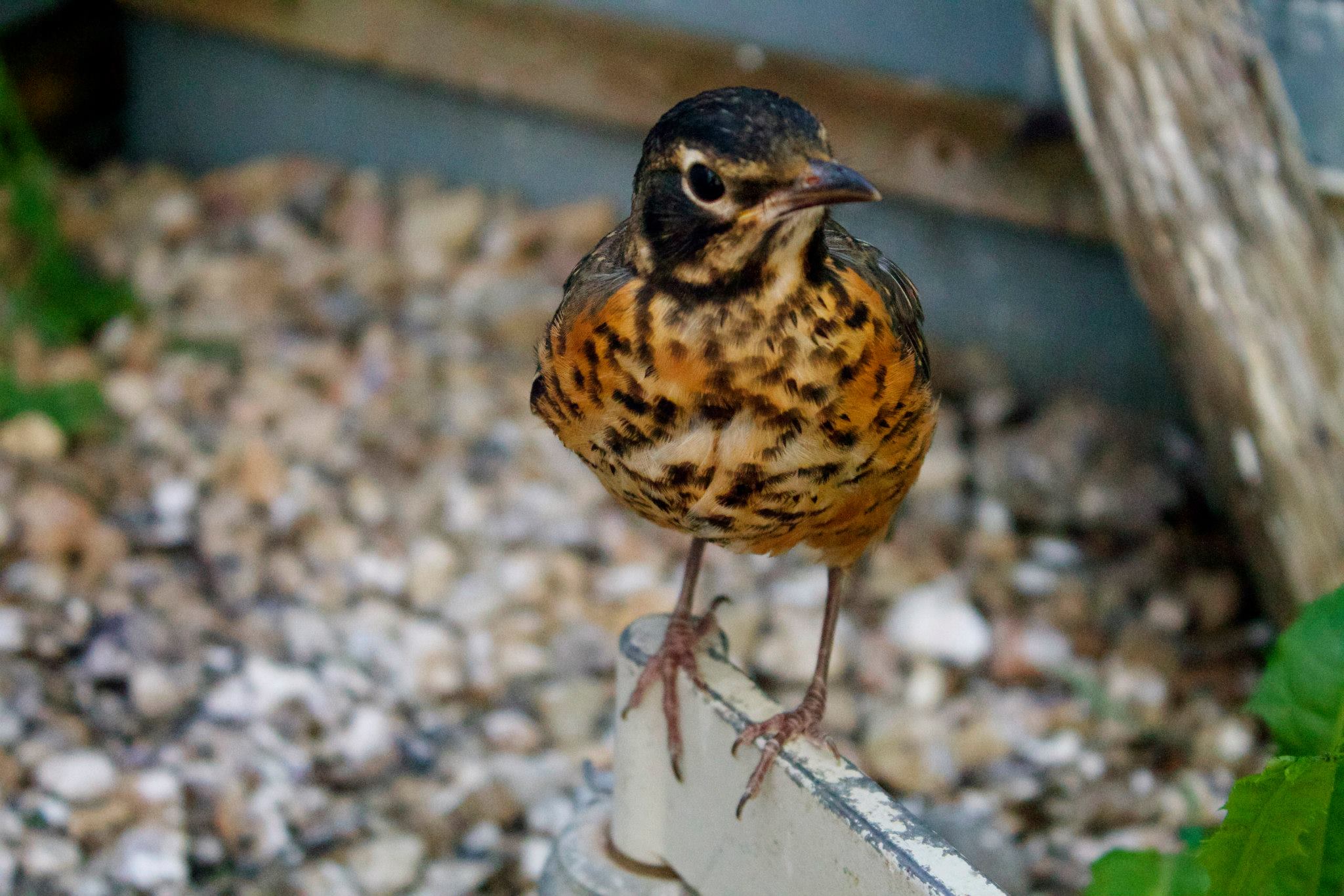Learn Something New Every Day!

Can't say I've ever eaten either a robin or a blackbird pie,
but do admit to eating crow

Many things done and many things eaten in times past
seem like made-up stories to many today.
But many of those things were actually true.
The tradition of eating small songbirds was widely practiced.
Robins were perhaps the most frequent "bird" table fare here in TN simply because they were so easy to bag. Send the kids out with some rocks, they would come back with some robins.
Blackbird pie is immortalized in the nursery rhyme 'Sing a Song of Sixpence'.
Interpretation of the 'four and twenty blackbirds' baked in a pie appears to be straightforward and owes its origin to an "entremet" dating back to the Middle Ages.
In sixteenth century French cuisine, an "entremet" was a dish served between courses as a novelty item for the entertainment of the nobility and upper classes. The 'four and twenty blackbirds' were in the pie but rather than being 'baked' they were alive. Furthermore, 'blackbird' was possibly a generic term meaning small songbirds in general.
A big, wide pie was baked for a royal banquet and over it a large dome of pastry was placed with a collection of live songbirds housed under the crust. The creation was carried to the table, the outer crust of the pie was opened and to the delight of the assembled guests the birds flew out calling as they escaped from their confinement within the outer pastry casing.
The modern take on the medieval idea is to have a huge mock-up cardboard cake wheeled in with a suitably attired, young, attractive person hiding within before bursting forth at the appointed moment of surprise.
But more back to waterfowl, has anyone ever eaten a coot?
My grandfather had an excellent recipe for coots, which were about as easy to bag as robins.

